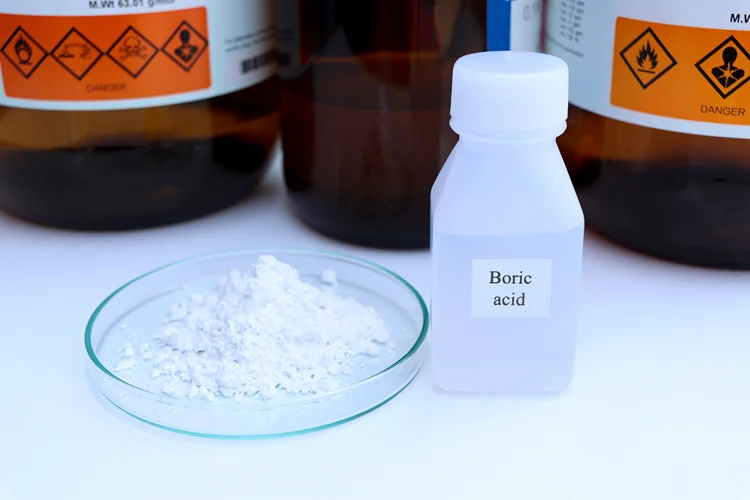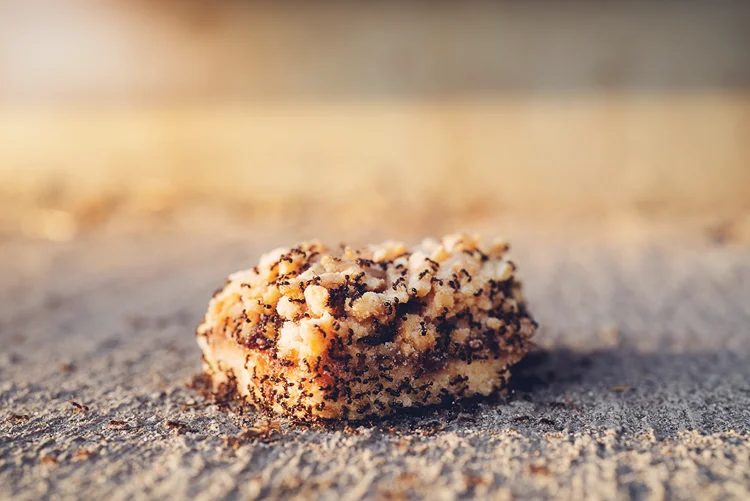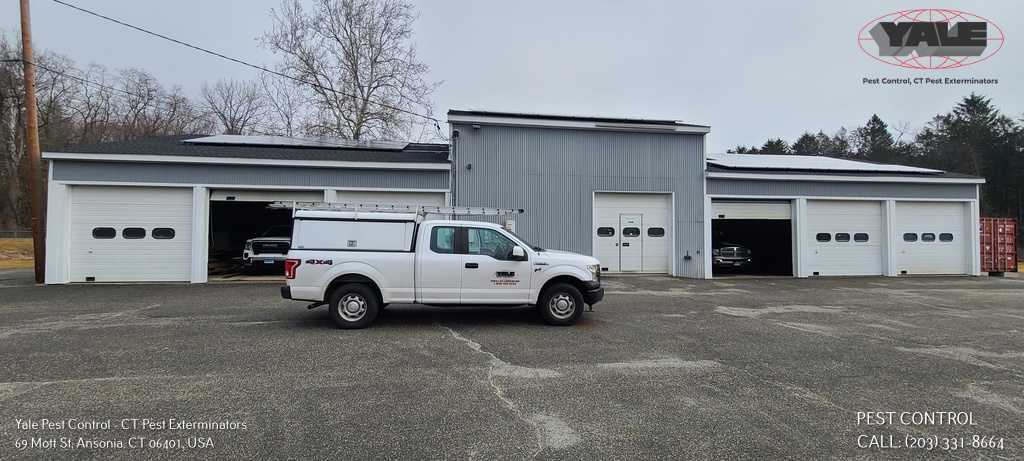
When there’s a carpenter ant infestation at home, many homeowners try killing the ants with different products found in their homes. Boric acid has a long-running reputation as an effective ant killer, but it still needs to be mixed with other ingredients for better ant control treatments.
So how can you use boric acid to kill carpenter ants on wood? Boric acid is mixed with powdered sugar or water and sugar to make a solid or liquid boric acid solution. However, killing carpenter ants with boric acid solutions requires trial and error so homeowners need to try different options before finding one that works best for them.
According to the National Pest Management Association, carpenter ants are one of the most common ant species that infest homes. Having a carpenter ant nest somewhere on the property is a huge cause of concern because these pests are one of the most destructive household pests in the country.
Carpenter ants attack the moist wood they find to build their nest. They’re often mistaken for termites, but these pests only attack wood to build a satellite nest instead of using it as a food source. Regardless of what they actually do when they attack damaged wood, getting rid of the carpenter ant problem should be a priority as soon as the signs of their activity show.
A boric acid solution is an effective carpenter ant killer because it messes with the pest’s digestive and nervous system, resulting in a slow death. If you’re planning to use boric acid solutions first to kill ants, then you should be familiar with how to mix this compound with other household ingredients to create an effective ant bait system.

Boric acid solutions are an effective carpenter ant control treatment as long as they’re used correctly. Before creating a liquid or solid ant bait with the boric acid at home, here are a few things about the natural repellent that homeowners should know about first:
Borax and boric acid are both used as pesticides, but they have differences that make one better than the other in some situations. Borax contains minerals mined from the ground. It’s a common ingredient in toothpaste, soaps, cosmetics, and weed killers. It’s also used as a laundry detergent by people who don’t like harsh chemicals on their clothes.
When Borax is further processed, it turns into boric acid that’s found in different chemical products like pesticides and eye drops. Although both Borax and boric acid are low in toxicity, they should still be kept away from pets and children. Mishandling these compounds might result in skin irritation and other side effects.
Boric acid as a pesticide comes in different forms, like powder, liquid, tablet, or ant trap. It works by poisoning the stomach of the insect, slowing down its metabolism, and scraping the exoskeleton.
Boric acid is the best carpenter ant killer if you’re looking for a natural way to slowly kill ants. However, this pesticide alone isn’t enough to lure out carpenter ants – they need to be combined with bait like honey, sugar, or peanut butter to entice the worker ants into bringing the bait back to their parent or satellite colony.
Boric acid has low toxicity for humans and small animals, but it’s lethal to ants once they consume or ingest it. An ant can die about 24 to 48 hours after ingesting the boric acid bait. Depending on the size of the ant colony, homeowners might need to wait for a couple of days or weeks to find dead ants near the infested wooden structure of their home.
Homemade boric acid solutions don’t guarantee a quick and complete eradication of the entire ant colony. It’s a slow-acting poison, so homeowners should patiently wait for the results of the carpenter ant treatment. It’s also important to change the bait every few days to keep the mixture fresh.
The key to a successful carpenter ant treatment using a boric acid solution is identifying the best places to lay out the ant trap – which should be near the carpenter ant colony or along the trails of these black ants.
Ant trails are easy to spot because foraging carpenter ants travel in a straight line from the food source back to their colony. Finding their parent or satellite colony is a bit tricky because you have to watch out for signs of ant activity, such as:
Although boric acid solutions are effective in killing multiple carpenter ants at once, they might not be the best carpenter ant treatment for larger infestations. Here are 2 common problems that homeowners encounter whenever they use boric acid to prevent carpenter ants from invading their homes:
The good news is that homeowners still have other natural alternatives to try in case their boric acid solution doesn’t work. Here are some of them:

It’s normal to see a few ants scurrying around the kitchen now and then. But if you spot a carpenter ant, then your home might have a more serious pest problem than you think. For safe and effective carpenter ant extermination, leave the task at the hands of highly-trained professionals like our team at Yale Pest Control.
With the right training and experience in pest control, we can get rid of carpenter ants and other household pests like carpenter bees and fire ants in your home for good. Contact us today to know more about our services.